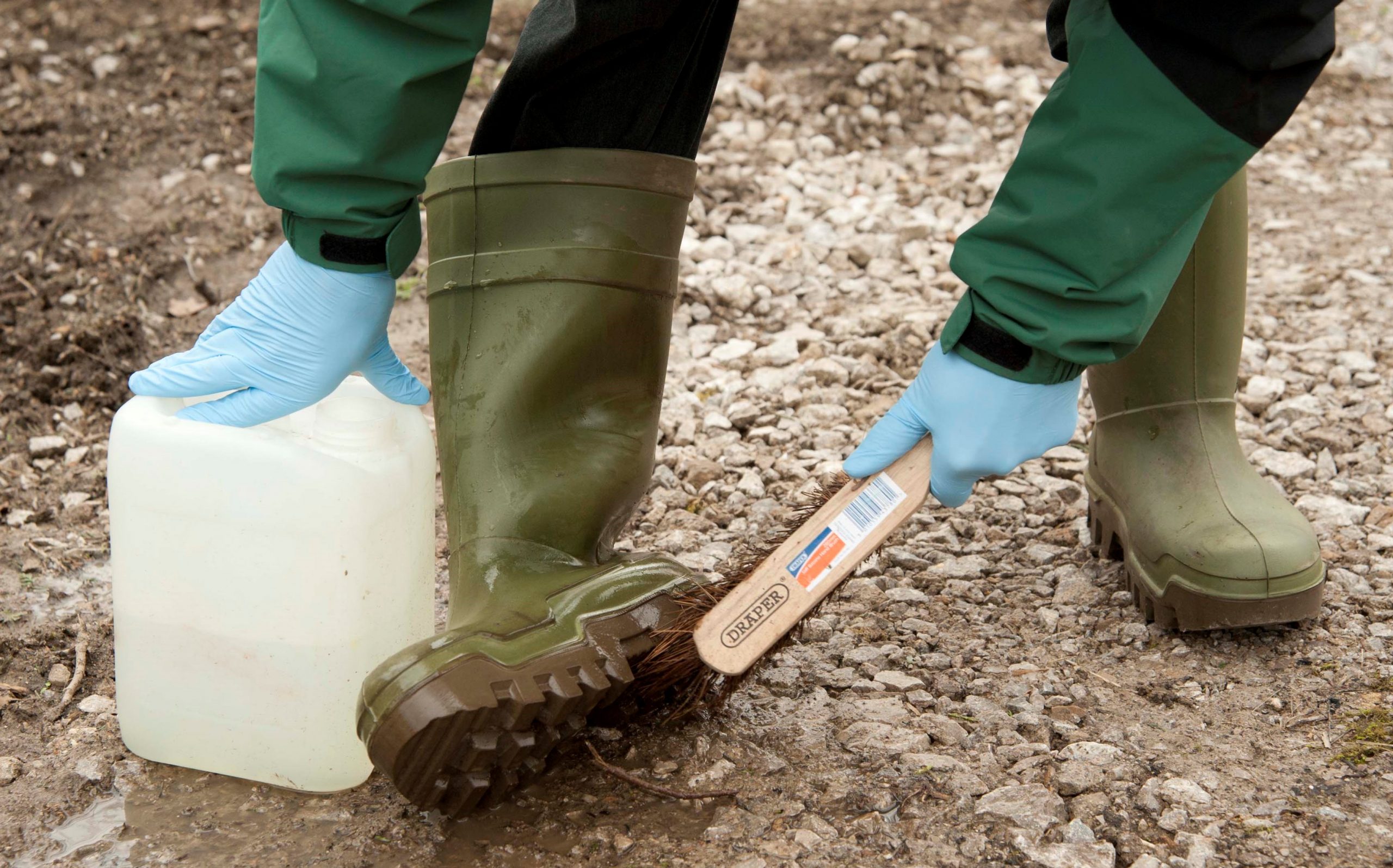
The term 'biosecurity' refers to the measures which can be taken to prevent or minimise the spread of pests and diseases.
When operations are taking place in woodlands confirmed as having either Phytophthora ramorum and/or P. kernoviae infection, biosecurity best practice includes general plant hygiene precautions, as well as some specialist measures. This applies to all potentially damaging pests and diseases.
The following are the minimum measures which will help to minimise the spread of phytophthora diseases – or any other plant diseases – from infected woods and forests.
More-detailed guidance for those working on forestry operations at affected sites, and for woodland agents and advisors inspecting woodlands and forests, is provided in the following documents.
A Forestry Commission movement licence will be required if timber is to be removed from felling sites affected by ramorum disease. See Section 9: Licences to move and process wood from trees affected by ramorum disease.
Good biosecurity practice includes the use of disinfectant where appropriate.
Propellar and Cleankill Sanitising Spray are known to be effective against phytophthoras and other harmful tree and plant pathogens. Generic Control of Substances Harmful to Health (COSHH) assessments and safety data sheets have been carried out for both products.
The least hazardous option should always be selected unless there are very good reasons to do otherwise. In this case the COSHH assessments show that Cleankill Sanitising Spray has lower volatility, flammability and toxicity, and therefore poses the lower risk.
Only the Cleankill product 'Sanitising Spray’ has been tested and found to be effective against P. ramorum. The disinfectant marketed simply as ‘Cleankill’, which is commonly used as an animal health disinfectant, should not be used as an alternative.
We strongly advise managers of sites where larch trees have been felled or chemically killed to take account of the risk of future infection of the site by Heterobasidion annosum fungus. This fungus can take advantage of the decaying stumps or killed trees to colonise the site, and make it difficult to re-establish a healthy crop of conifer trees. See Section 6: Managing the risk from Heterobasidion annosum fungus on felled larch sites.